Report this entry
More from the same community-collection
View of San Jacinto Plaza - El Paso, Texas
The bandstand at one time was closer to the Main Street side of ...
Jake Erlich - Tallest Man In The World
Many of us know of Erlich as the “world’s tallest man,” as ...
Downtown Store on El Paso Street - 1897
Unknown store on El Paso Street in Downtown El Paso. Date ...
First Weaver Scope Factory - El Paso, Texas
The W. R. Weaver Company made rifle scopes in El Paso from. ...
Alligator Pool on San Jacinto Plaza
This postcard shows the alligator pool on San Jacinto Plaza, ...
Phelps-Dodge Building - El Paso, Texas
The Phelps-Dodge building in El Paso housed the business office ...
International Bridge between United States and Mexico
This postcard shows the International Bridge which connects ...
Hotel Orndorff and San Jacinto Plaza
This postcard shows the Hotel Orndorff, which was located at San ...
William S. Tilney, El Paso, TX, Mayor 1991-'93
William S. Tilney was the mayor of El Paso from 1991-1993.











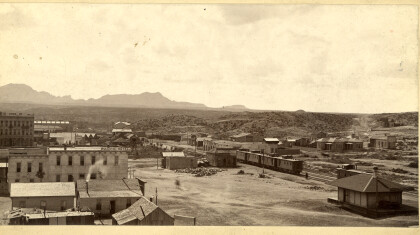
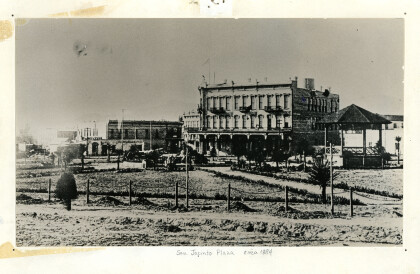
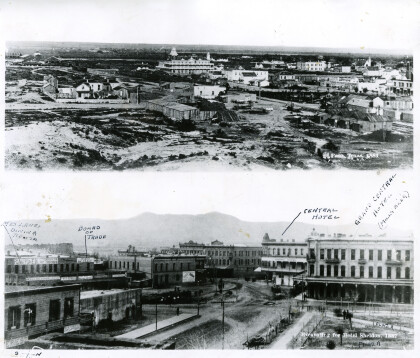
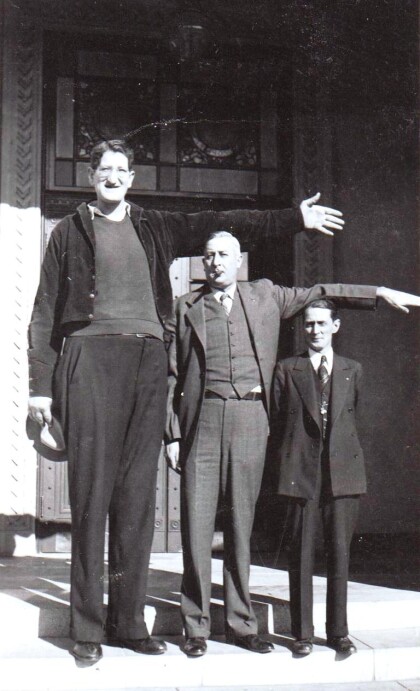
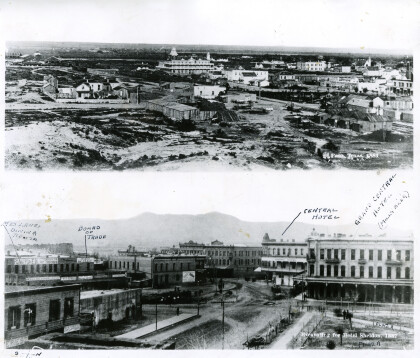
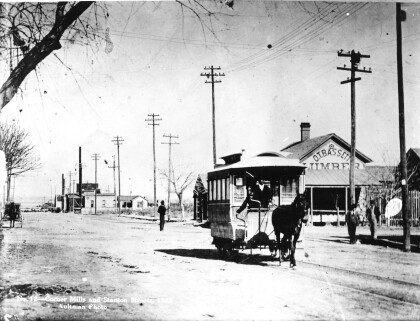
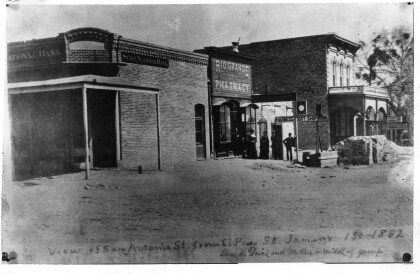
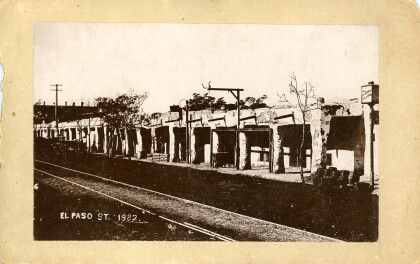
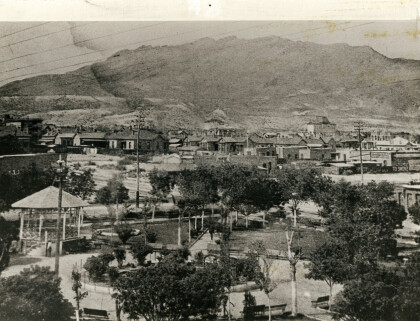
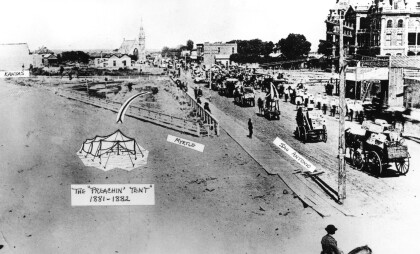
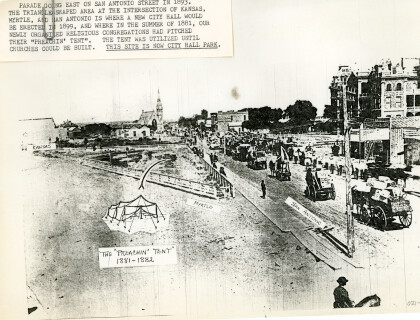
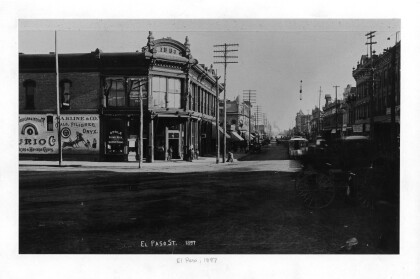
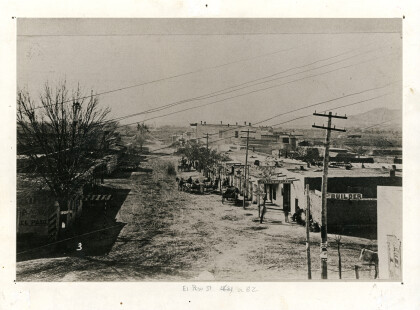
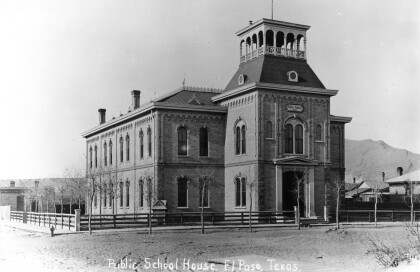
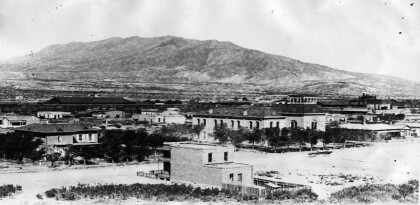
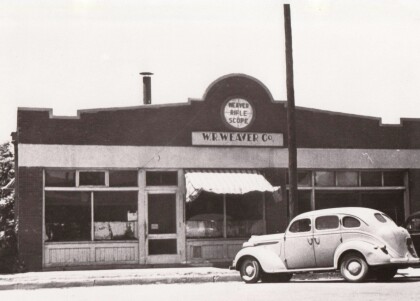
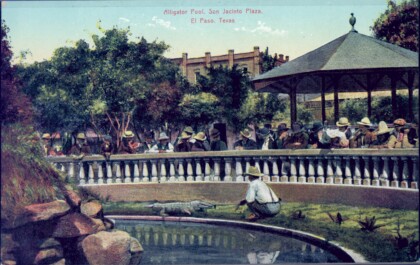
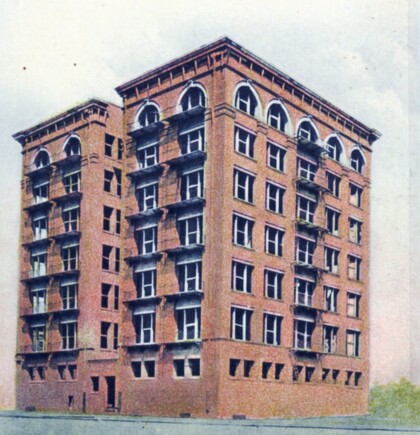
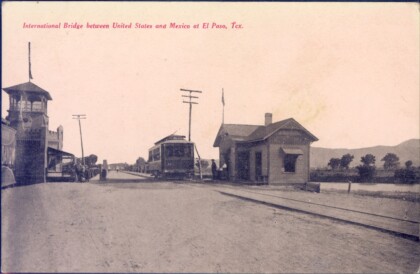
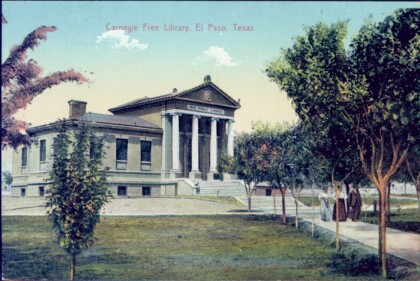
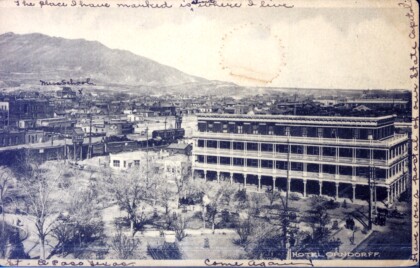
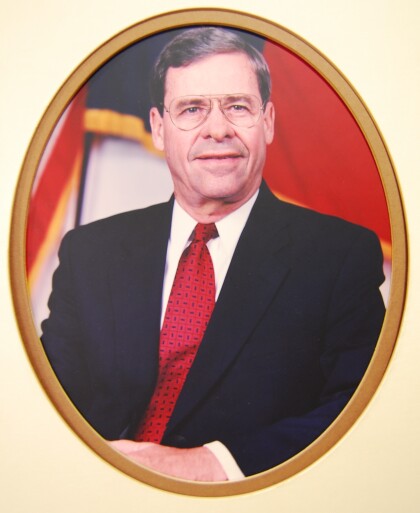
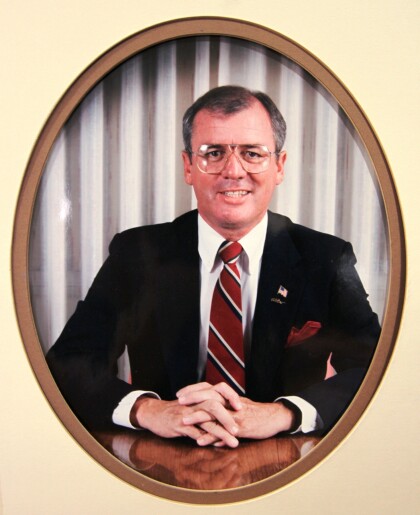
Comments
Add a comment